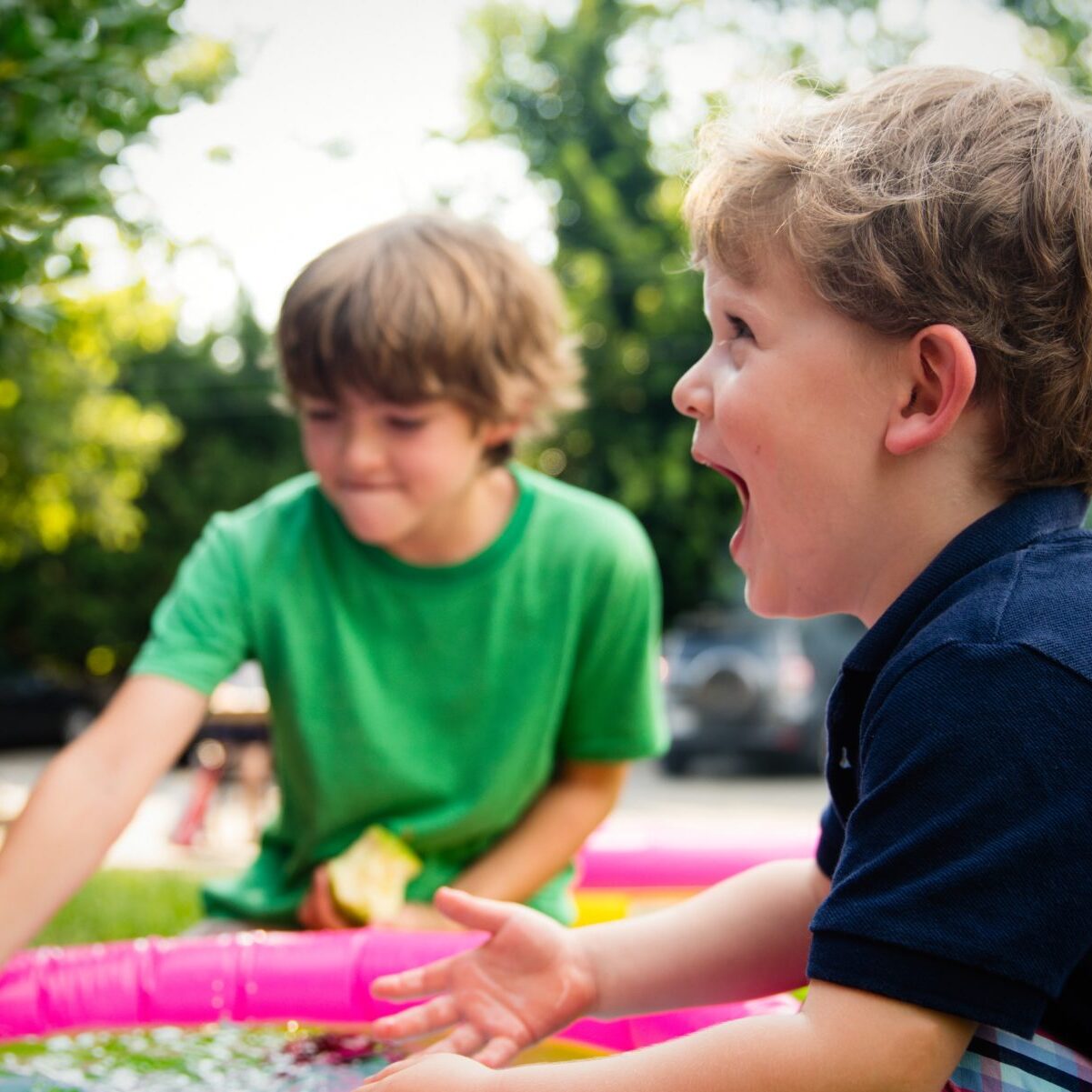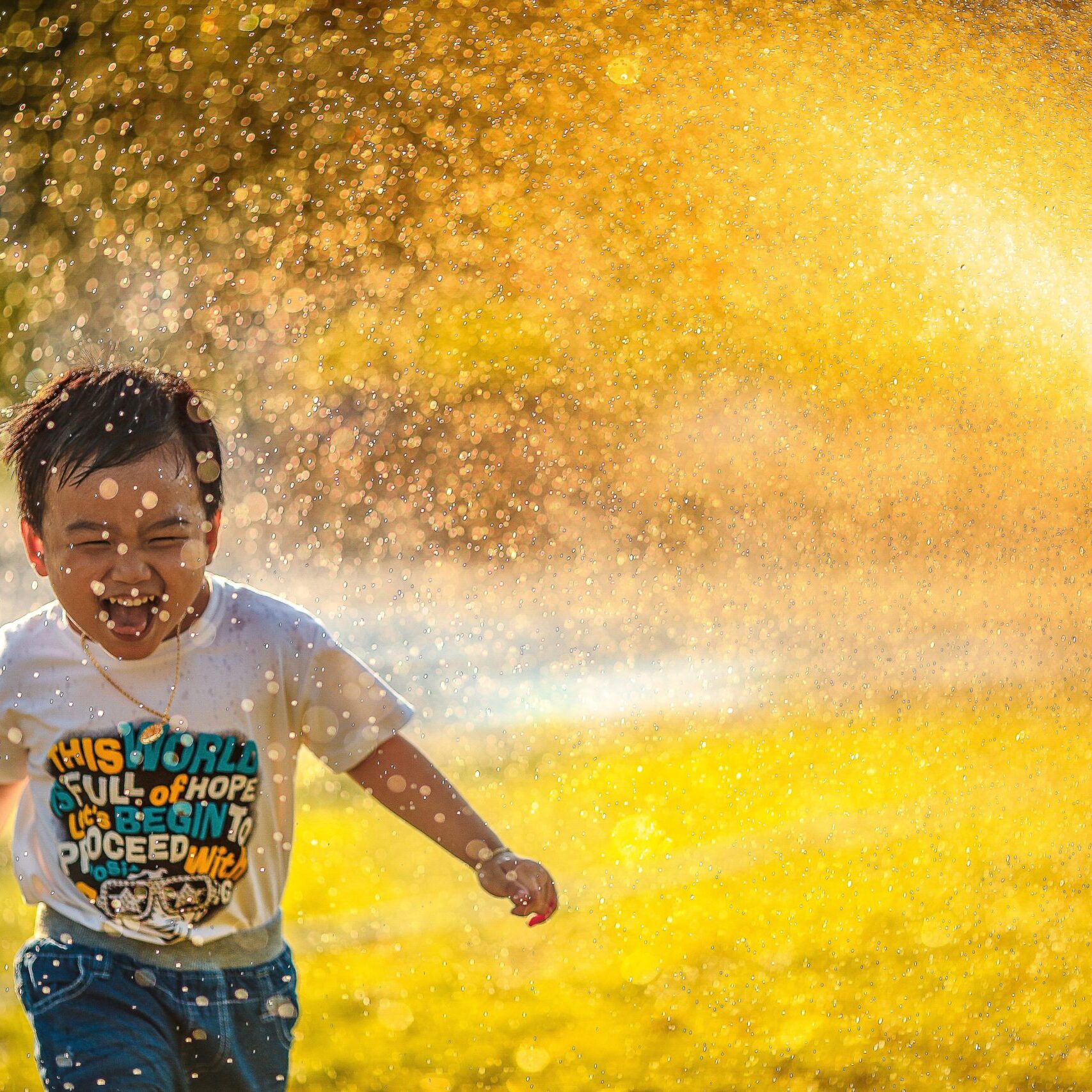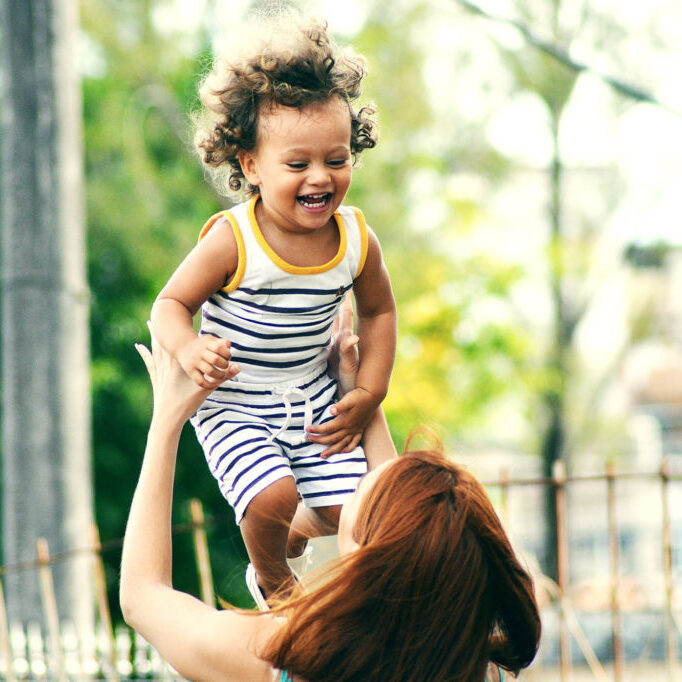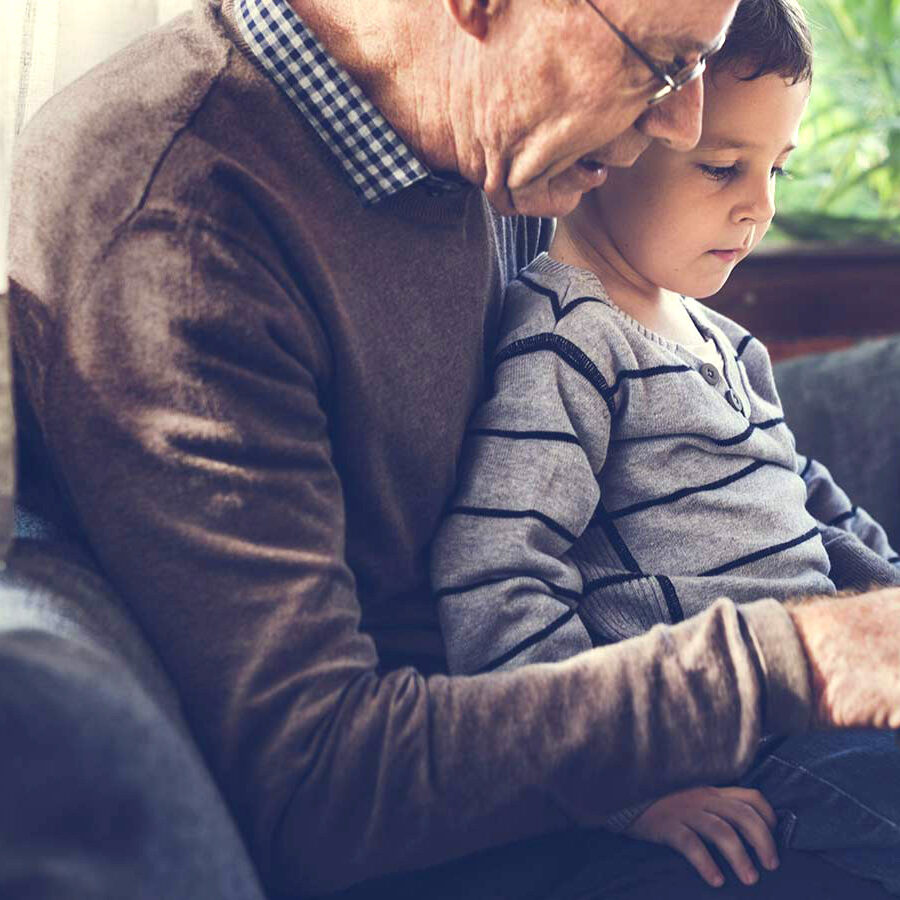
ABOUT THE AUTHOR
Catreese Discerni
OhioKAN Navigator
Catreese comes to OhioKAN from the Trumbull County Community Action Program, where she was a Family Advocate and Preschool teacher. In that role she managed a caseload of 60+ families each school year, helped families identify their strengths, goals, and needs, and referred them to resources as needed. Catreese also volunteers in outreach at her church and teaching Bible study classes to children ages 5-12. She has a Bachelor of Professional Studies in Child and Family Services and a credential in Family Development from Geneva College in Beaver Falls, PA. She is to start making a difference in the lives of OhioKAN families!
Stress. Who doesn’t experience it? All of us do at one point in our lives – or we carry it all the time in our daily routines. Being a kinship caregiver or an adoptive parent can carry a great deal of stress. Children come with all sorts of challenges that take a great deal of patience, love, connection, and compassion to manage. Building those relationships takes work!
When those stressful times happen, we must remember to breathe. We breathe all the time, right? It’s silly to think that we can forget to breathe, but it’s not something we automatically stop to do. According to the article, “Breathing Techniques,” there are healthy benefits to deep breathing. The article says that deep breathing “can help you find calm in the storm of life’s many stressors ” and “deep breathing exercises help produce the body’s natural relaxation response by slowing down the heart rate and decreasing the blood pressure” (JustBreathe Resource Center).
The Ohio State University website has a Your Plan for Health page. This page has links to a Just Breathe Resource Center which includes breathing techniques, resources to improve your relaxation response, and you can order a just breathe reminder sticker. There is even a breathing simulator where you can sync your breathing.
The children you are caring for can also feel stress. Their stress comes from the uncertainty of where they are going to live, who they are going to live with, and many other contributing factors. They need time to process what is happening to them. The kinship caregiver or adoptive parent can help with those stressors by teaching them breathing techniques.
When I worked in the Head Start program for Trumbull County, Ohio, I went through the course “Conscious Discipline” where I learned skills to help not only children with difficult behaviors, but also how to build a community in my classroom. The community was based on building trusting relationships with each other to provide a classroom that promoted care, connection, and safety. Within this community, children were more likely to use the skills to manage their emotions and improve their ability to learn. Out of all the skills that were taught, learning how to breathe was one of the most important. Children can practice these breathing techniques in the classroom and at home.
Breathing techniques arm children with the skills to aim their anxiety and the “fight or flight” response in their bodies. According to the article “Practice Mindfulness with Belly Breathing,” on PBS.org.
“Belly breathing” and the ‘fight or flight’ response to stress or anxiety (two feelings we all experience) can’t occur at the same time. When our bodies switch into ‘fight or flight’ mode, we engage in shallow breathing. We’re ready for battle. On the other hand, belly breathing reduces our heart rate and triggers a relaxation response. It slows us down.”
In the Conscious Discipline training, there were four core breathing techniques that I used with the children in my classroom: S.T.A.R, Drain, Balloon, and Pretzel. They are as follows:
- S.T.A.R – Smile, Take a deep breath And Relax. Encourage belly breathing where the tummy goes out when the air goes in, and in when the air goes out. Also help children learn to exhale slower than they inhale.
- Balloon – Place your hands on top of your head and interlace your fingers. Breathe in through your nose as you raise your arms, inflating an imaginary balloon. Release the air in the balloon by pursing your lips, exhaling slowly, lowering your arms and making a “pbpbpbpbpbp” sound.
- Pretzel – Standing up, cross your ankles. Now cross your right wrist over left, turn your hands so your thumbs are facing the floor, put palms together and interlace fingers. Bend your elbows out and gently turn your hands down and toward your body until they rest on the center of your chest. Put your tongue on the roof of your mouth. Relax and breathe.
- Drain – Extend arms out, pretending your arms are faucets. Tighten arm, shoulder, and face muscles. Exhale slowly making a “sssshhhh” sound and release all your muscles, draining out the stress.
Sesame Street has a good YouTube video called Belly Breathing Elmo. It is one of my favorites to teach children to take calming breaths to calm the monster inside. It may be a bit scary for young or sensitive children, so maybe watch it first before showing a child. If the Sesame Street video doesn’t work for your family, you can find more resources by googling “Conscious Discipline breathing techniques.” These are very effective techniques to help children calm down enabling them to think, process, and eventually problem solve.
Also note that children can pick up on emotions from the adults around them. It’s important to check in with how we are feeling because, “our calm nurtures their calm. Our distress increases their distress” (thechildcareresourcenetwork.org). When we are feeling overwhelmed, that is the time to practice calming own breathing so we can help manage the feelings of the children in our care. When we model what calming ourselves looks like, they are more likely to follow our lead.
When the heat is rising inside, remember that mindful breathing reduces stress for you and the children we care for. Breathing helps children process through their emotions and gives them skills they need to think, process, and problem solve. Download calm as much as you can by taking the time to breathe yourself and teach the children in your care to do the same.
Here are a few websites for caregivers and children that teach different techniques for breathing and reducing stress.
https://www.pbs.org/parents/crafts-and-experiments/practice-mindfulness-with-belly-breathing
YouTube Sesame Street: Common and Colbie Caillat Sing “Belly Breath” with Elmo


















